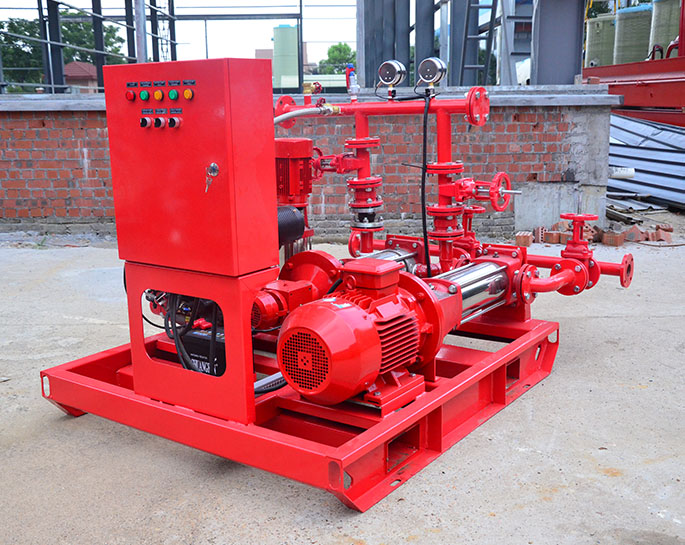Fire pump valve selection steps
Selecting the right fire pump valve is essential to ensure the effective operation of a fire protection system. Here are the steps you can follow to make the appropriate selection:
-
Determine system requirements: Understand the specific requirements of your fire protection system, including flow rate, pressure, and type of fire suppression system (e.g., sprinkler system, foam system).
-
Identify applicable standards and codes: Check local building codes, NFPA (National Fire Protection Association) standards, and any other relevant regulations to ensure compliance with safety and performance requirements.
-
Valve type selection: Based on the system requirements and applicable standards, choose the appropriate type of valve for your fire pump. Common types include:
a. Gate valves: These are typically used for on/off control and are often used as isolation valves to block water flow to specific sections of the system.
b. Butterfly valves: These provide efficient control over flow rates and are often used for modulating water flow.
c. Check valves: These valves allow water to flow in one direction only, preventing backflow and ensuring that water does not return to the pump.
d. Pressure relief valves: Used to protect the system from excessive pressure, ensuring the safety of both the pump and the connected components.
-
Material selection: Consider the materials used in the valve's construction, making sure they are compatible with the type of fire suppression system being used and can withstand the environment in which they will be installed (e.g., corrosive environments).
-
Size calculation: Determine the appropriate valve size based on the flow rate and pressure requirements of the fire protection system. Undersized valves may lead to inadequate water supply during firefighting, while oversized valves can be costly and inefficient.
-
Flow characteristics: Evaluate the flow characteristics of the valve, such as flow coefficient (Cv), pressure drop, and head loss. These factors can impact the overall performance of the fire protection system.
-
Actuation method: Decide on the valve actuation method, which can be manual, electric, pneumatic, or hydraulic. Consider the reliability and ease of operation for the selected method.
-
Manufacturer reputation and product quality: Research and choose a reputable valve manufacturer known for producing high-quality products and providing good customer support.
-
Installation and maintenance requirements: Ensure that the chosen valve is easy to install and maintain, and that spare parts are readily available when needed.
-
Consult with experts: If you are unsure about the selection process or have specific requirements, consider consulting with fire protection system designers, engineers, or valve experts to get professional advice.
By following these steps, you can select the most suitable fire pump valve for your fire protection system, ensuring optimal performance and compliance with safety standards.







